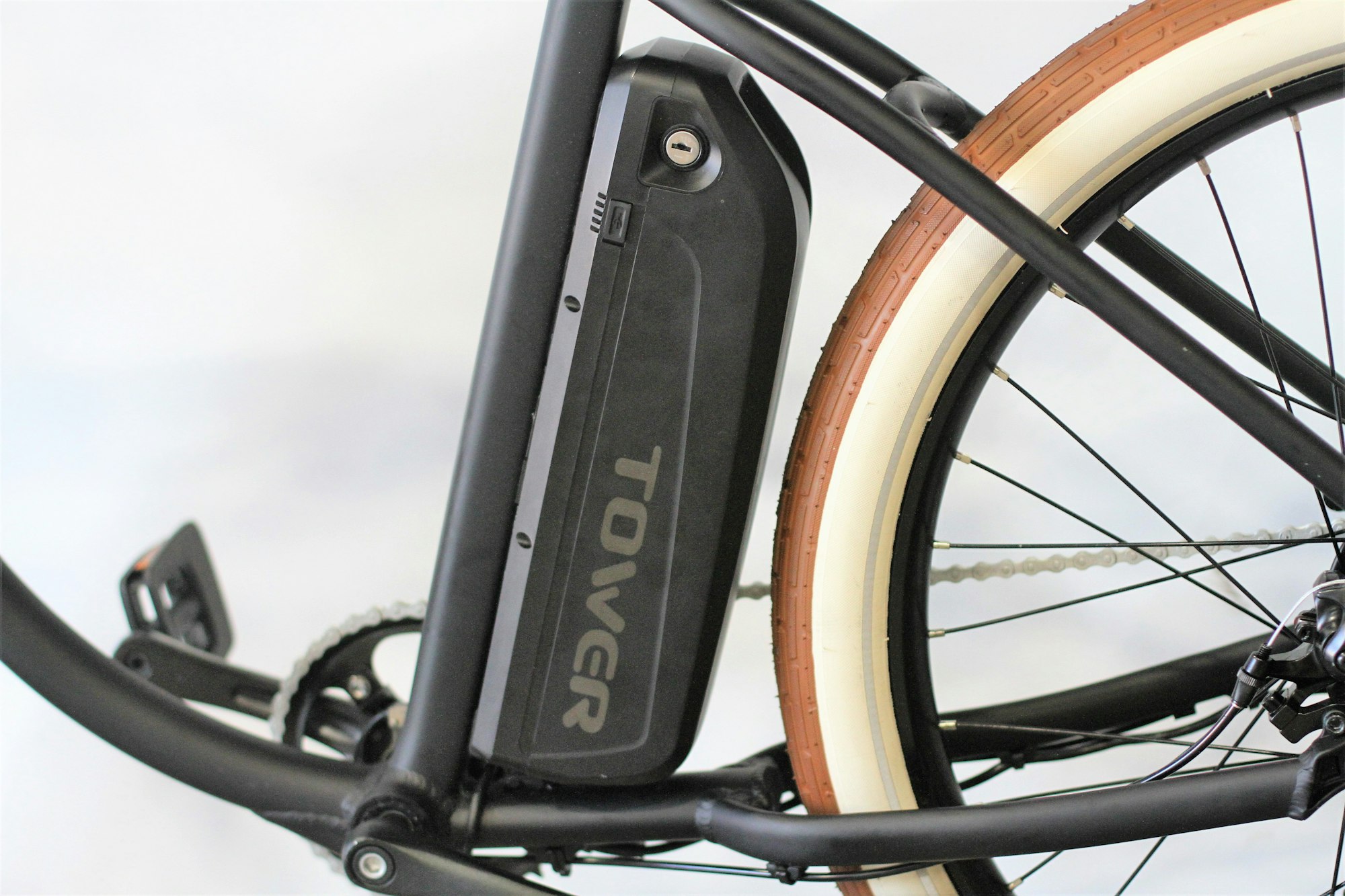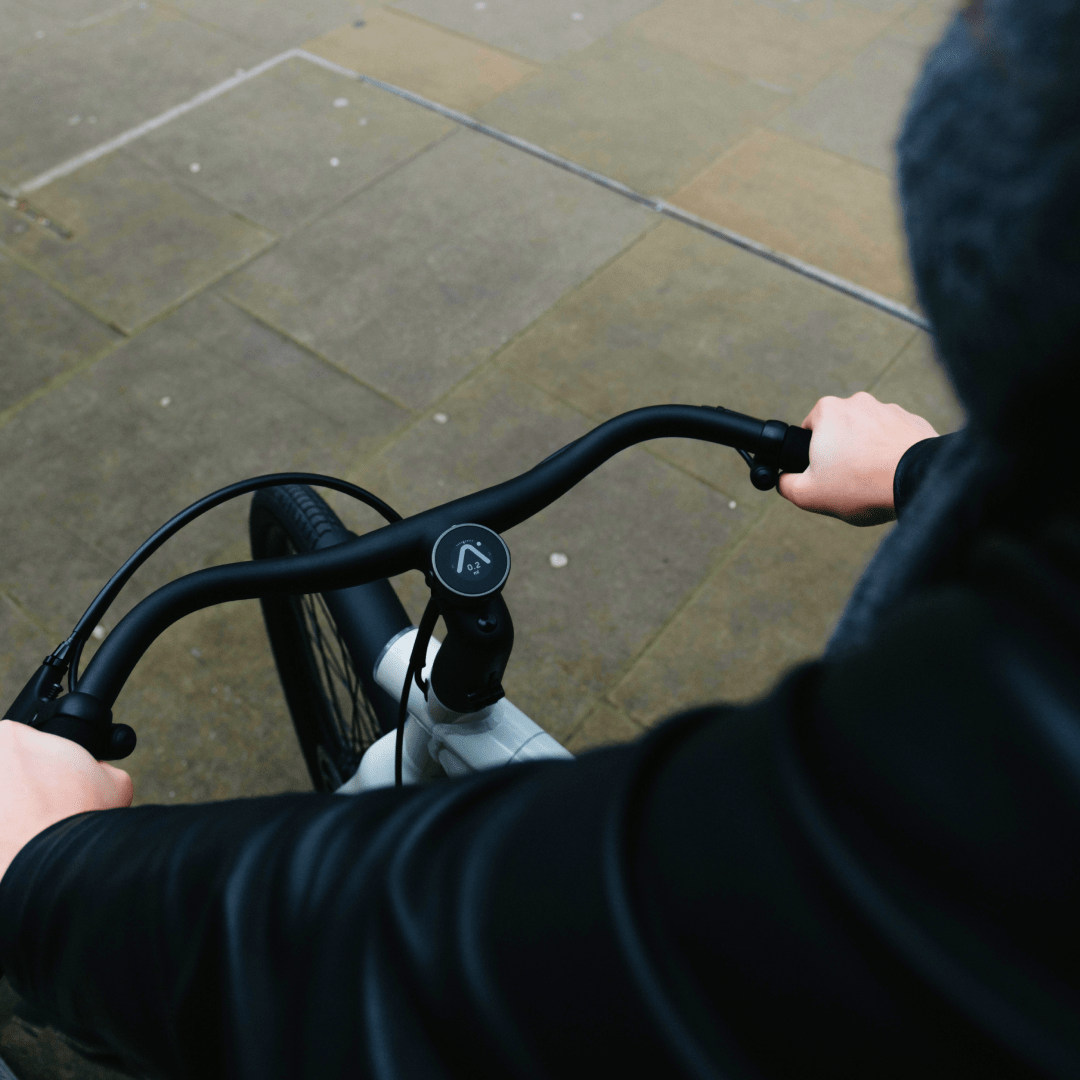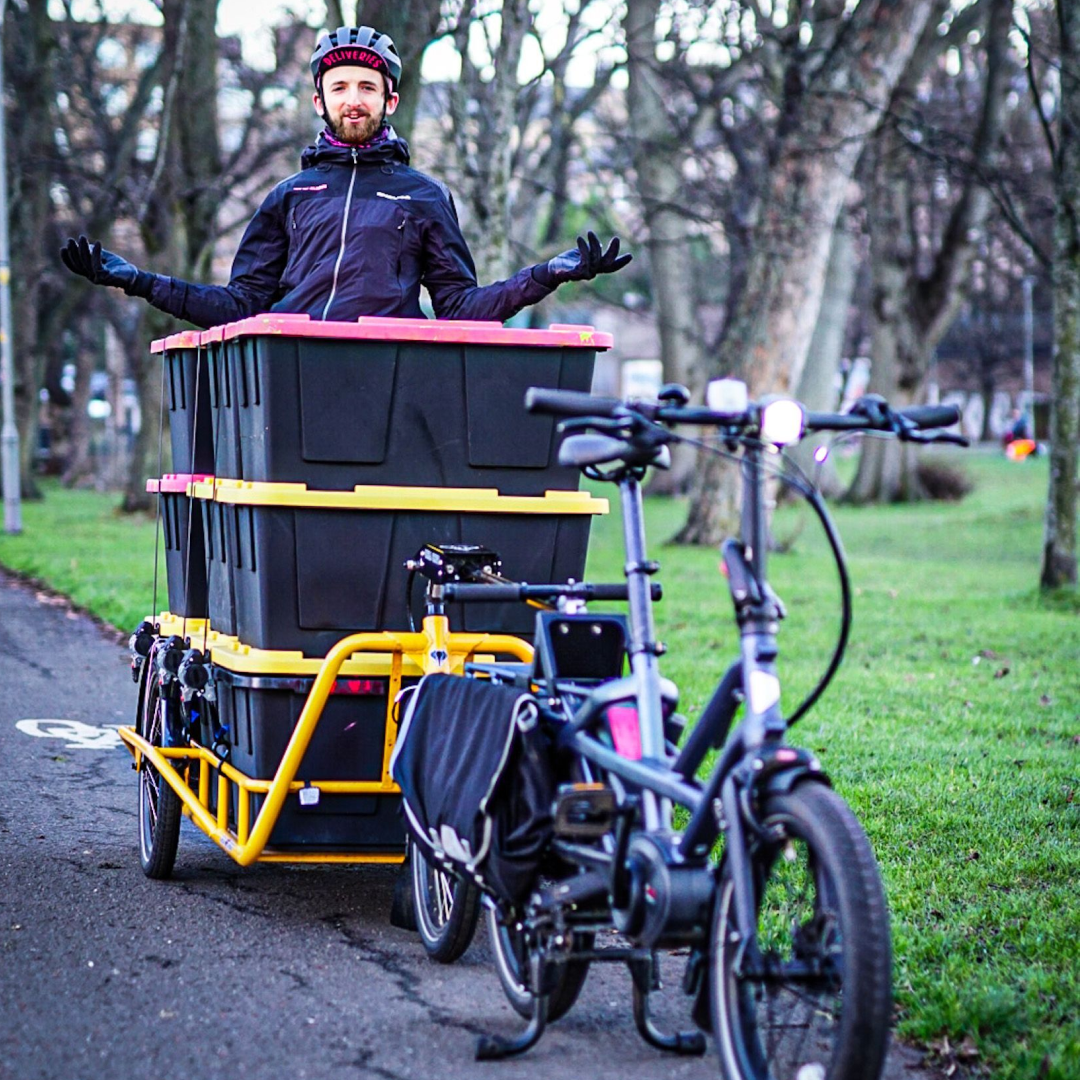What's an e-bike?
Electric bikes are just that – bicycles that can run off an electric motor, which assists you when you're pedalling. However, the motor needs to help you on your way rather than propel you forward. There are many different models and makes of e-bikes, but they share being powered by a rechargeable battery mounted on the bike in common.
E-bike and the law
You can ride an e-bike in the UK as long as you’re at least 14 years of age (though under 14s can ride them off-road). Your e-bike also needs to meet specific requirements that make it an “electrically assisted pedal cycle (EAPC).
All EAPC bikes are classed as normal peddle bikes and can be used on cycle paths as well as just about anywhere else where pedal bikes are permitted. Therefore, the rules of owning an EAPC bike are essentially the same as having a regular bicycle.
Do I need a licence to ride an e-bike?
As long as your e-bike is classified as an EAPC, you don't need a license to ride it, you're not required to get insurance, register or tax it. That’s handy news for riders, as it will save plenty of money: taxing, insuring and registering motorised vehicles can cost thousands of pounds.
You also aren't required to wear a helmet, though using one while riding is good practice and will help keep you safer on the road. If your e-bike doesn’t meet EAPC standards, you will need to register it with the DVLA, obtain a driving licence, get it insured and wear a helmet if you want to ride on a public highway.
How do I know if my e-bike is an EAPC?
An EAPC is defined as:
- Having pedals that can be used to propel it
- Showing either the power output or the manufacturer of the motor
- Showing either the battery’s voltage or the maximum speed of the bike
- The electric motor must have a maximum power output of 250 watts and should not propel the bike when it’s travelling more than 15.5 mph
- An EAPC can have more than two wheels (for example, a tricycle).
What if my e-bike exceeds 250W?
Having an e-bike that exceeds 250W, or where the electrical assistance doesn’t cut off at 25kph, isn’t illegal. And yet, it's illegal to ride it in the same way you would a regular cycle on a public highway if it’s not insured and registered.
A public highway can be both roads and off-roads. That means an unregistered e-bike can only be ridden on private land (with the landowner's permission), where there is no public access.
What is “twist and go”?
If your e-bike doesn’t need to have its pedals in motion for the motor to engage, it’s known as a “twist and go”. These bikes are controlled by a throttle, which you twist to start – there’s no pedalling involved to ride a “twist and go” e-bike.
The rules around these bikes are a little bit sketchy. As of January 1, 2016, throttles that assist the rider without pedalling up to a maximum speed of 3.7mph or where the throttle assists your cycling up to 15.5mph are legal.
However, anyone with a full-speed “twist and go” e-bike purchased before January 1 2016 effectively has an EAPC, and it doesn't require registration. This also counts for buying second-hand bikes built before Jan 2016.
What about riding my e-bike in the EU?
E-bikes came into circulation while the UK was still part of the European Union, which means rules here and in the EU are aligned. That’s not to say it will remain that way with possible rules and legislation changes in the future. It’s worth checking the UK Government’s e-bike page for the definitive and latest rules regarding e-bikes.
How do I know if my e-bike doesn’t meet requirements?
As long as your e-bike is EAPC-approved, you won’t have any troubles meeting the requirements, whether you’re in the UK or EU. In fact, most new e-bikes in the UK are built for the European market and therefore comply with standards. E-bikes for sale should also be fitted with a sticker or plate stating the manufacturer's name and the power output, making it easier for you to find EAPC-approved E-bikes.
Should I insure my e-bike?
Absolutely. Electric bike insurance can be a lifesaver. While you don’t need a licence to ride your e-bike or insurance in the traditional sense related to a motor vehicle, you should insure your e-bike against theft and damage. As e-bike sales grow, so too do the number of them that are stolen each year.
Having an e-bike without insurance is a risky move, so it’s better to safeguard your investment against theft, damage or even loss. Doing so will give you peace of mind, with the average e-bike cost anywhere between £500 to more than £1,000.
Can you insure an e-bike on house insurance?
Most home insurance companies will cover e-bikes as well as standard bicycles. You should always check the policy wording with your home insurer to find out what is insured.
Some home insurance policies will cover bicycles however there are often limitations and drawbacks. For example there might be a single-item limit below the cost of your e-bike. You might be looking at a hefty excess levels and they might not cover you away from your home. Check out our article comparing home insurance and bicycle insurance here.
Knowing the law when it comes to your e-bike
Understanding the requirements for your e-bike is vital for you to ride on the road with no issues. Otherwise, you could find yourself getting pulled over by the police and facing a fine of around £300. However, if your e-bike meets EAPC standards, then you can focus on enjoying the ride on your electronic bike hassle-free.
E-bike News
E-bike Insurance | Your questions answered
How To Keep Your E-bike Battery Safe
LAKA E-BIKE INSURANCE
Get covered for theft, accidental damage, full battery cover, loss and more. Try our 5-star rated e-bike insurance. It's e-bike insurance, and then some.






